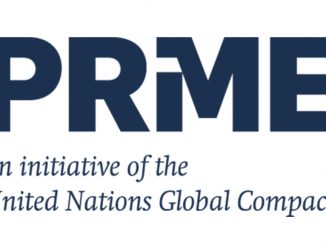Enormous amounts of food spoil on the way from the fields to the retailers, governments and logistics providers could work together to improve logistics infrastructure and shipping possibilities.
A major change in consumer attitudes would also be required. Up to 14% of all produced food items are thrown away after end consumers have purchased them. Here a change of mind on part of the consumers would have to take place. Buy less, be willing to run out of an item occasionally, eat fruit and vegetables, even if they are a few days old.
Many of the possible solutions are not too difficult to implement, neither for corporations nor for consumers, but they would require an honest analysis of the challenges and their underlying causes. From a business perspective it is also important to realize that effectively dealing with increasing population numbers from a food supply perspective does mean that higher production output is NOT the answer.
For more information, feel free to also read the blog article about one of Prof. Dr. Christian Schmidkonz's Happiness Events in 2017 which focused on the topic of food waste.
References:
- European Union (2018): Managing Farmland In Natura 2000. Case Studies. (Retrieved July 8, 2022)
- Grass, Ingo & Tscharntke, Teja (2020): Landwirtschaft und Naturschutz. Segregation oder Integration?. (Retrieved July 8, 2022)
- UN Environment Programme (2022): Worldwide Food Waste. (Retrieved July 8, 2022)
- Unicef (2022): Global hunger crisis pushing one child into severe malnutrition every minute in 15 crisis-hit countries. (Retrieved July 8, 2022)
- United Nations (2022a): UN News on Extreme Weather. (Retrieved July 8, 2022)
- United Nations (2022b): Stop Food Loss and waste, for the people, for the planet. (Retrieved July 8, 2022)
- World Bank (2022): World Population Graph. (Retrieved July 8, 2022)
- World Food Programme (2020): 5 Facts About Food Waste and Hunger. (Retrieved July 8, 2022)
- Worldometer (2022) (Retrieved July 8, 2022)




